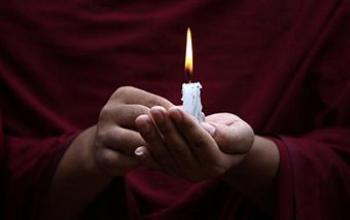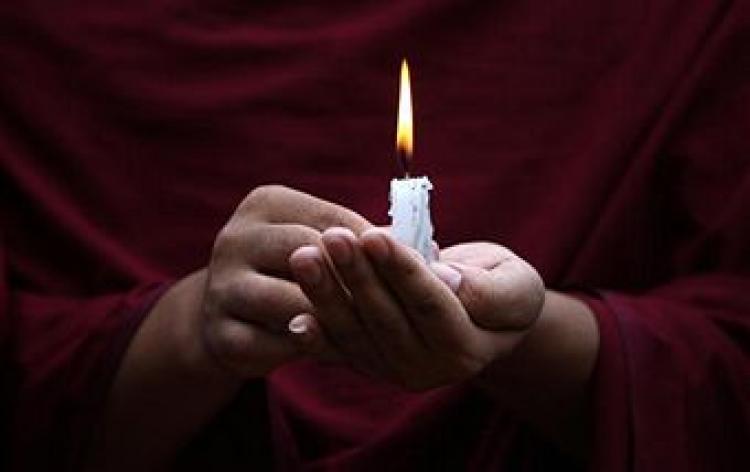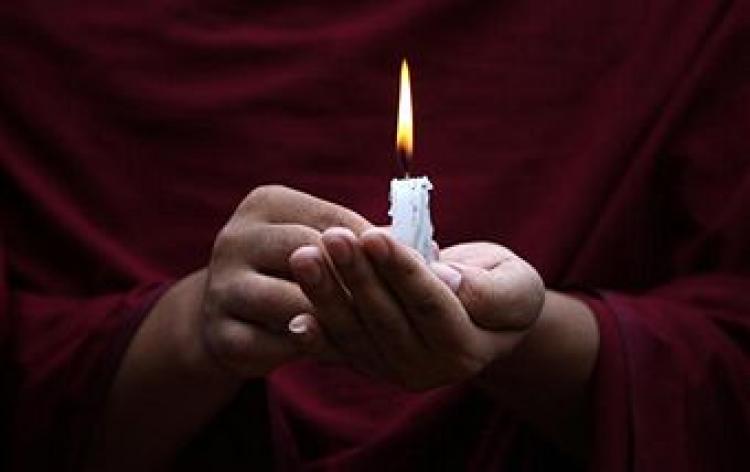To the rest of the world it was a bloody massacre that crushed the blossoming hope of democracy under the tank-tracks of a tyrannical regime. But to the ruling regime in China it is still touted as a heroic toppling of “counter-revolutionary” forces.
Twenty years on, the events of June 4th in Tiananmen Square remain a subject of enormous sensitivity in China and are still steeped just as heavily in propaganda and information control as the day they happened.
“They hide the truth of their bloody repression so the younger generation do not know what happened with the tragedies and social disasters,” said Thomas Shao Jiang, who witnessed events that day in Tiananmen Square. “That is how the Chinese Communist Party can suppress people – by using propaganda generation after generation.”
Thomas, now 41 and living in the UK, was a student at Beijing University at the time. He explains the mood amongst the students, who had gathered in the square in the weeks running up to June 4th.
“We wanted to fight for democracy; we wanted to fight for our civil rights, our freedom and against oppression. We didn’t know what would happen, because the military actions against the civilians, we just think about maybe the government use police, we never imagined the tank would crush the bodies or use machine guns to shoot the people.”







